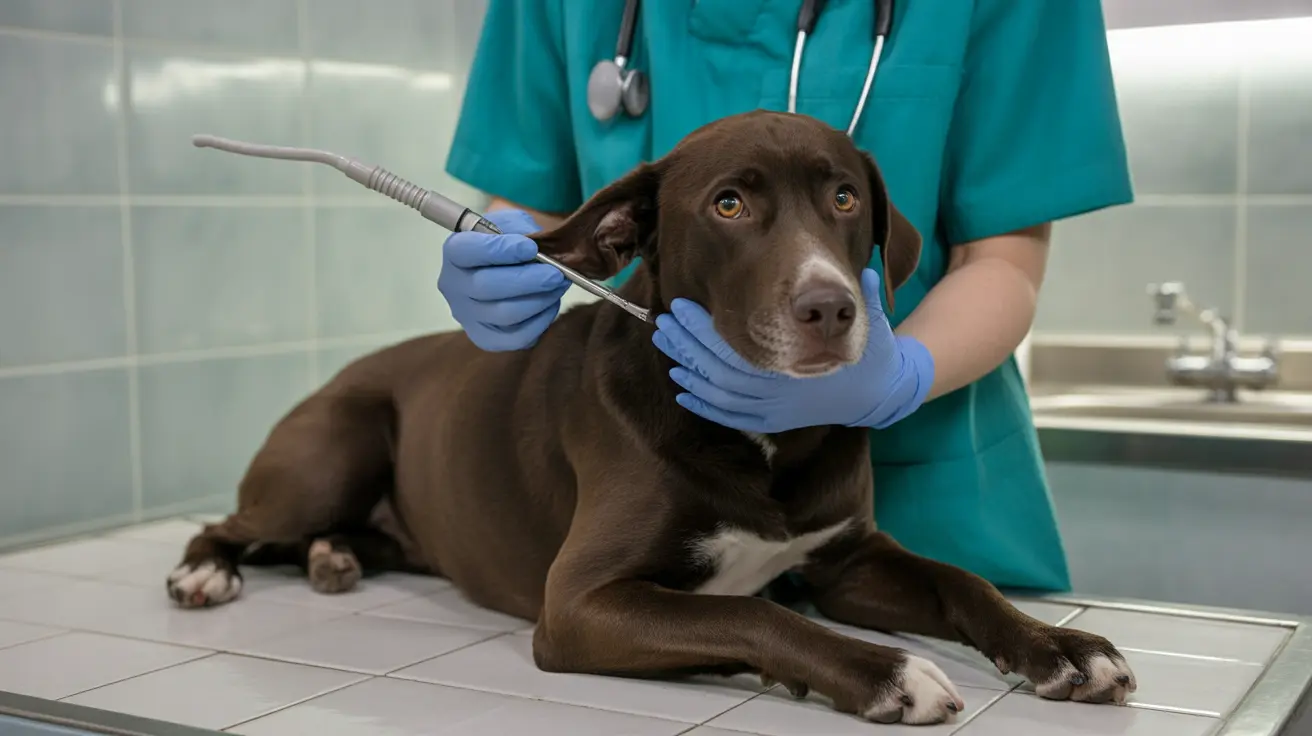How Much Pear Can I Give My Dog? A Complete Guide for Pet Owners
Feeding your dog the occasional fruity treat can be a fun and healthy addition to their diet, especially when it comes to pears. Packed with fiber, vitamin C, and antioxidants, **fresh pears** offer several nutritional benefits—but how much is safe for dogs to consume? In this article, we’ll dive into the right amount of pear to feed your dog, how to safely prepare it, and which pear-related risks you should avoid.
Are Pears Safe for Dogs?
Fresh pears are safe and nutritious for dogs when served in moderation and properly prepared. Pears contain essential nutrients like:
- Vitamin C – boosts immune function
- Vitamin A – supports eye and skin health
- Fiber – promotes good digestion
- Potassium – regulates heart and muscle function
- Copper – aids in red blood cell production
However, improperly prepared or overly large portions can cause digestive upset or pose choking or toxicity risks.
How Much Pear Is Safe for Dogs?
Experts recommend that **treats, including pears, should not exceed 10% of a dog’s daily caloric intake.** This means:
- Small dogs: 1 to 2 small pear slices per serving
- Medium dogs: 2 to 3 small slices or chunks
- Large dogs: 3 to 5 small pieces
Always start with a small amount the first time you introduce pears, and monitor for any signs of digestive discomfort or allergies.
Safe Preparation of Pears
Before giving pear to your pet, remember these safety tips:
- Wash thoroughly to remove pesticides or chemicals
- Remove seeds, core, stem, and leaves
- Cut into bite-sized pieces to reduce choking hazards
- Use only fresh, ripe pears – no canned or sugared varieties
Pear seeds contain cyanide and are toxic to dogs, so they must always be discarded. Similarly, stems and cores can be choking hazards.
When to Avoid Giving Pears
While pears offer health benefits, some dogs should avoid them:
- Dogs with diabetes – pears have natural sugars
- Overweight dogs – excess sugar may contribute to weight gain
- Sensitive stomachs – pear skin may cause mild upset
- Allergies – watch for itching, swelling, or diarrhea
Always check with your vet if your dog has any pre-existing health conditions before introducing pears.
Creative Ways to Serve Pears
Pears can be more than just a snack:
- Fruit smoothies with dog-safe fruits
- Mixed into plain, sugar-free yogurt
- Stuffed inside KONG-type toys
- Baked into homemade dog treats
- Dehydrated pear slices as chewy snacks
Make sure added ingredients are dog-safe before experimenting with recipes.
Pear Varieties Dogs Can Eat
Many common pear types are safe for dogs when properly prepared:
- Bartlett
- Bosc
- Anjou
- Comice
- Asian pears (firmer, so extra care when chopping)
Again, firmness can increase choking risk, especially in smaller dogs, so adjust preparation accordingly.
Signs of Adverse Reactions
While uncommon, dogs may occasionally experience adverse reactions. Watch for:
- Vomiting
- Loose stool or diarrhea
- Itching or rash
- Lethargy or discomfort
If any symptoms arise after feeding pears, discontinue use and consult your veterinarian.
Summary
Pears can be a healthy, beneficial treat for dogs when offered in small portions, fully prepared, and kept within the 10% treat guideline of their diet. Always remove seeds and cores, adjust size to your dog’s needs, and consult your vet before introducing new foods—especially if your dog has health concerns. With the right approach, your dog can enjoy this sweet, nutritious fruity treat safely.





